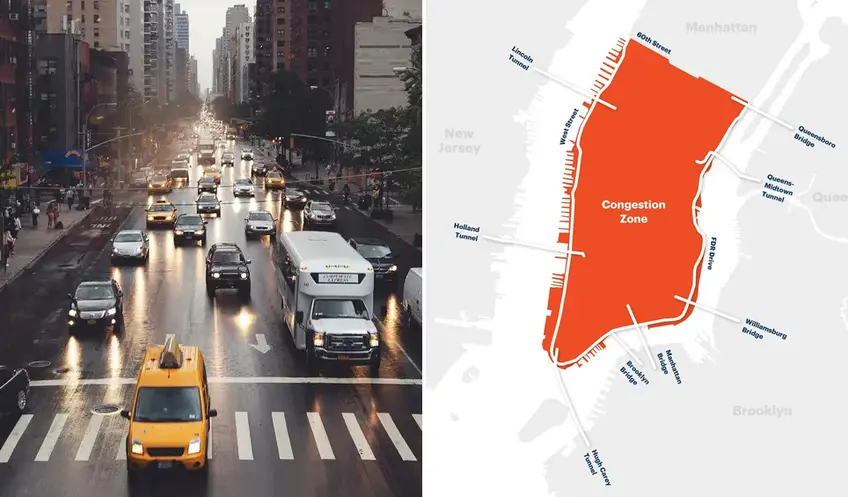 New York City streets could look less crowded by this time next month (Pixabay - thelegendreturn)
New York City streets could look less crowded by this time next month (Pixabay - thelegendreturn)
Years in the making, and months after a pause before the planned start date in June, the nation's first congestion pricing program is back: Governor Hochul announced that congestion pricing in New York will resume by January 5, 2025. The prices will be 40% lower than initially planned, but still high enough to generate annual revenue for the Metropolitan Transit Authority (MTA) to finance much-needed upgrades.
Talk about revising or replacing the congestion pricing plan began almost as soon as the original one ended, but took on new urgency ahead of the inauguration of Donald Trump, who has said he would terminate the program during his first week in office. While he could make things more difficult (e.g., by threatening to withhold funding or trying to withdraw approval), he would lack the power to eliminate it outright if the program is already in place.
Talk about revising or replacing the congestion pricing plan began almost as soon as the original one ended, but took on new urgency ahead of the inauguration of Donald Trump, who has said he would terminate the program during his first week in office. While he could make things more difficult (e.g., by threatening to withhold funding or trying to withdraw approval), he would lack the power to eliminate it outright if the program is already in place.
Congestion pricing has the potential to permanently transform how New Yorkers navigate the city and potentially impact both where New Yorkers choose to live and the values of properties both in and outside the Congestion Relief Zone (defined here as local streets and avenues at or below 60th Street). This article looks at the details of the plan, potential pros and cons, and listings inside the Congestion Relief Zone.
In this article:
New York City’s congestion pricing plan
Once in effect, all passenger, small commercial vehicles, and motorcycles will face a toll once per day. If using an E-ZPass, the charge for cars will be $9 during peak hours (down from the original $15), and the charge for motorcycles will pay $4.50 during the peak period. Charges for trucks and buses will range from $14.40 for small trucks and non-commuter buses to $21.60 for large trucks and sight-seeing buses. Nighttime discounts of 75% of daytime tolls will apply across the board.If you're thinking of leaving your car at home and taking a taxi or Uber instead, also be prepared to pay more, but not as much as you would in your vehicle. App-based rides will go up $1.50 at all times a day, while taxis, green cabs, and black cars will increase $0.75 per trip.
In response to initial resistance from some drivers living near but outside Manhattan and from New Yorkers living on lower incomes, three important exemptions have been introduced to help ease the impact of congestion pricing.
- Vehicles entering via toll tunnels: Lawmakers have agreed upon reduced fees for anyone coming into Manhattan's congestion zone via the city's tunnels. Passenger vehicles that pay a toll to cross the Lincoln and Holland Tunnels will receive a $3 discount, and those entering or exiting the area via the Queens-Midtown and Brooklyn-Battery Tunnels will receive a $1.50 credit. Large vehicles like trucks and buses will get similar credits for tunnel crossings, which will vary depending on their size.
- Drivers from households with an AGI under $50,000: Drivers with an Adjusted Gross Income (AGI) less than $50,000 a year will receive a 50% discount on every peak toll payment after their tenth payment in a month, with the toll reduced even further after 9 p.m. This also applies to anyone who receives Supplemental Nutrition Assistance Program (SNAP), Special Nutrition Assistance Program for Women, Infants, and Children (WIC), or Temporary Aid to Needy Families Program (TANF) benefits.
- Residents in the Congestion Relief Zone with a household AGI under $60,000: Finally, residents who live in the zone who have a household AGI under $60,000 will qualify for a tax rebate on any tolls paid throughout the year.
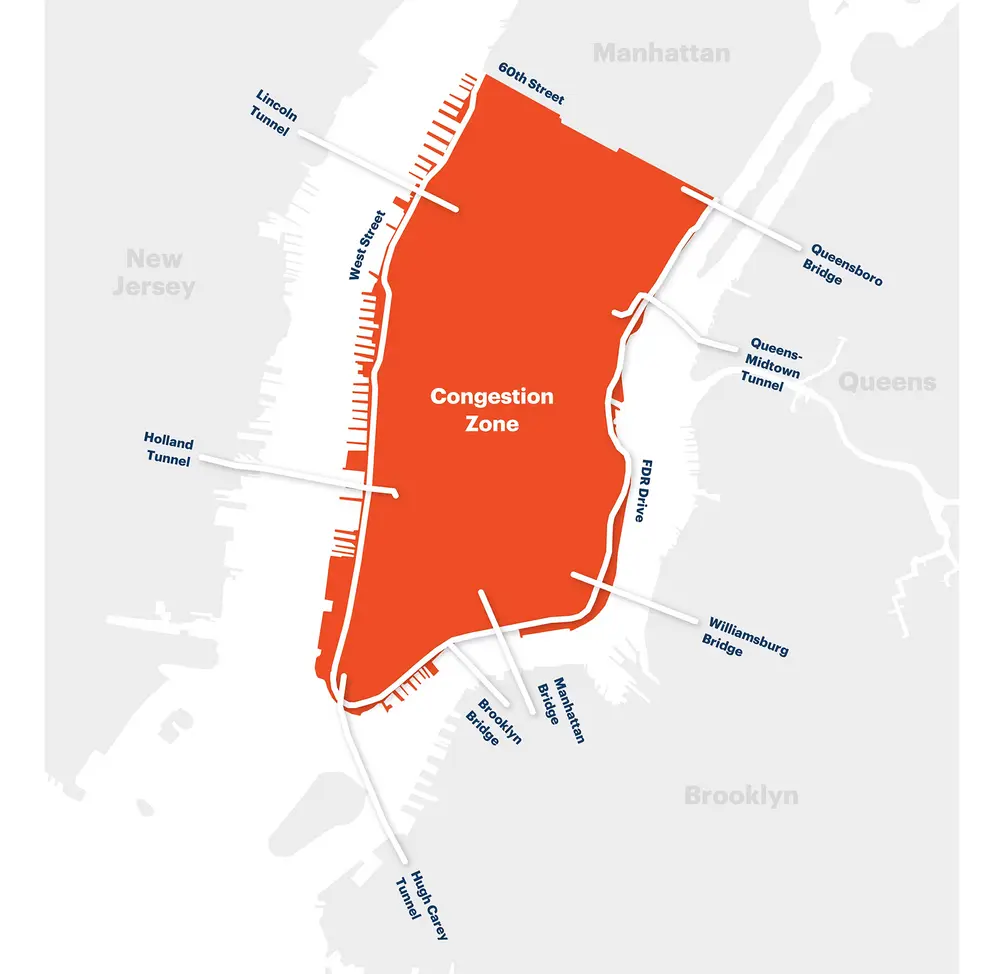 Map of the Congestion Relief Zone (RPA)
Map of the Congestion Relief Zone (RPA)
Why congestion pricing is being introduced
Congestion pricing is being introduced to help New York City tackle two growing problems. First and foremost, there are high hopes that the introduction of congestion pricing will help tackle traffic congestion in Manhattan, particularly south of 60th Street. Second, when congestion pricing was paused earlier this year, it revealed a massive deficit in the MTA's current capital plan. This put much-needed repairs and upgrades in jeopardy."New York should have the world’s best urban transportation system, and congestion pricing is critical to achieving this goal" – Regional Plan Association
Pros of congestion pricing
Throughout the process, many potential benefits of congestion pricing have been touted.- Improved MTA: Congestion pricing locks down $15 billion in bonds to fund projects to make the MTA safer, more accessible, more reliable, and more attractive. These include modernizing the signal network, adding electric buses, ADA-compliant upgrades (e.g. new and repaired elevators), and work on a long-awaited phase of construction that would extend the Second Avenue Subway to East Harlem. It is worth noting that the MTA's operating agencies include the Long Island Railroad and MetroNorth, and congestion pricing supports upgrades to these as well.
- Cleaner air: Fewer vehicles on the road would mean fewer carbon emissions by default. This in turn would lead to less pollution and cleaner air in the Congestion Relief Zone. Moreover, while the environmental assessment found that areas outside the Congestion Relief Zone could see increases in traffic and pollution, it also showed that revenue from congestion pricing would be used to mitigate some of these effects by investing in clean-air infrastructure like air filtration units in schools and expanded parks and green spaces.
- Safer streets: The latest congestion pricing announcement comes at a time when several new bike lanes have been added and proposed, and when pedestrian-friendly plans have been announced for Fifth Avenue, Park Avenue, and Broadway. Less car traffic makes for safer streets for New York's pedestrians and cyclists all over the Congestion Relief Zone.
- Improved health and quality of life: According to the Natural Resources Development Council, Stockholm saw a significant decrease in asthma-related hospital visits for children, and cleaner London air added 1,188 years to the lives of the population following the implementation of those cities' congestion pricing programs. New York could very well follow suit with less pollution, and thus cleaner air.
- Better emergency response: In fall 2024, a report by State Senator Brad Hoylman-Sigal and former New York City Transportation Commissioner “Gridlock Sam” Schwartz found that emergency response times have lengthened due to traffic congestion. Less car traffic would allow emergency vehicles to arrive faster and lead to better outcomes for victims.
Cons of congestion pricing
However, opponents of congestion pricing have also spoken up from the moment the plan was announced. Many of their objections centered on cost and quality of life, with examples below.- Negative impact on small businesses: Small businesses in the Congestion Relief Zone may see a drop in customers who drive in, and could be forced to raise prices to offset the higher transportation costs of deliveries. But during the press conference, Governor Hochul noted that the discounts after 9 p.m. could encourage nighttime deliveries. This would also keep streets clearer during the day.
- Penalizing those with no alternative to driving: In areas where public transportation is limited – e.g., eastern Queens, eastern Bronx, and Staten Island – congestion pricing could be perceived as penalizing those with no alternative to driving. However, these drivers could conceivably park at the nearest commuter station and take the train or bus into the congestion relief zone.
- Impact on low-income drivers: Congestion pricing runs the risk of disproportionately affecting lower-income drivers who rely on personal vehicles for commuting but may not qualify for the discount program.
Predicted impacts of congestion pricing in the NYC real estate market
While only time will tell how New York City’s congestion pricing scheme impacts real estate, the introduction of congestion pricing is likely to affect property values and quality of life both in and outside the congestion pricing zone over the coming years in four possible ways.- Property values may rise in the Congestion Relief Zone: When London introduced the London Congestion Charge in its Western Extension Zone, home values in the area increased by 3.68% relative to homes located just outside the zone. Analysts suggest the surge in values reflects consumers' willingness to pay more to live inside the zone where there is less traffic and noise and better air quality. In New York City, it seems likely that home values will also rise within the city's Congestion Relief Zone.
- Quality of life may increase inside the Congestion Relief Zone but decrease outside the zone: In London, air pollution has decreased city-wide since the introduction of congestion pricing. However, air quality has also improved more rapidly inside the zone than outside the zone. In New York City, a similar situation may play out, with air quality and other quality of life factors (e.g., noise levels) improving faster inside the zone than outside the zone and opponents arguing that it could bring more pollution to already disadvantaged areas. If this happens, it could further intensify disparities in the quality of life that already exist between neighborhoods in Lower and Upper Manhattan.
- Remote work may persist: Despite the efforts to get workers back into the office, congestion pricing could make remote work even more attractive among those who can participate. This could, in turn, leave more Manhattan offices empty or nearly empty. If this happens, though, it may put increased pressure on city officials to rezone commercial districts for residential use.
- The MTA could improve, increasing housing prices in more distant neighborhoods over time: In a best-case scenario, congestion pricing will not only lead to a reduction in traffic congestion and air and noise pollution below 60th Street in Manhattan but also generate billions of dollars for the MTA. If this happens, it could finally enable the MTA to upgrade its bus and subway systems as well as its service – the MTA is already set to roll out service increases on express bus routes going into the congestion zone. This in turn could impact housing values in neighborhoods that are currently further away from the city center, including uptown neighborhoods such as Washington Heights and Inwood.
In the short term, parts of Manhattan on the cusp of the Congestion Relief Zone might see more, well, congestion as drivers search for parking and workarounds to avoid the fees. Residents of these areas are understandably concerned about the possibility of increased traffic and pollution. However, this will likely shake itself out as time passes, resulting in decreased congestion as drivers avoid entering the cordoned area. Residential buildings just inside the Congestion Relief Zone (i.e., no more than four blocks away) could experience an increase in property values as predicted for their counterparts further inside.
Buildings just inside the congestion zone that will likely see a substantial decrease in congestion
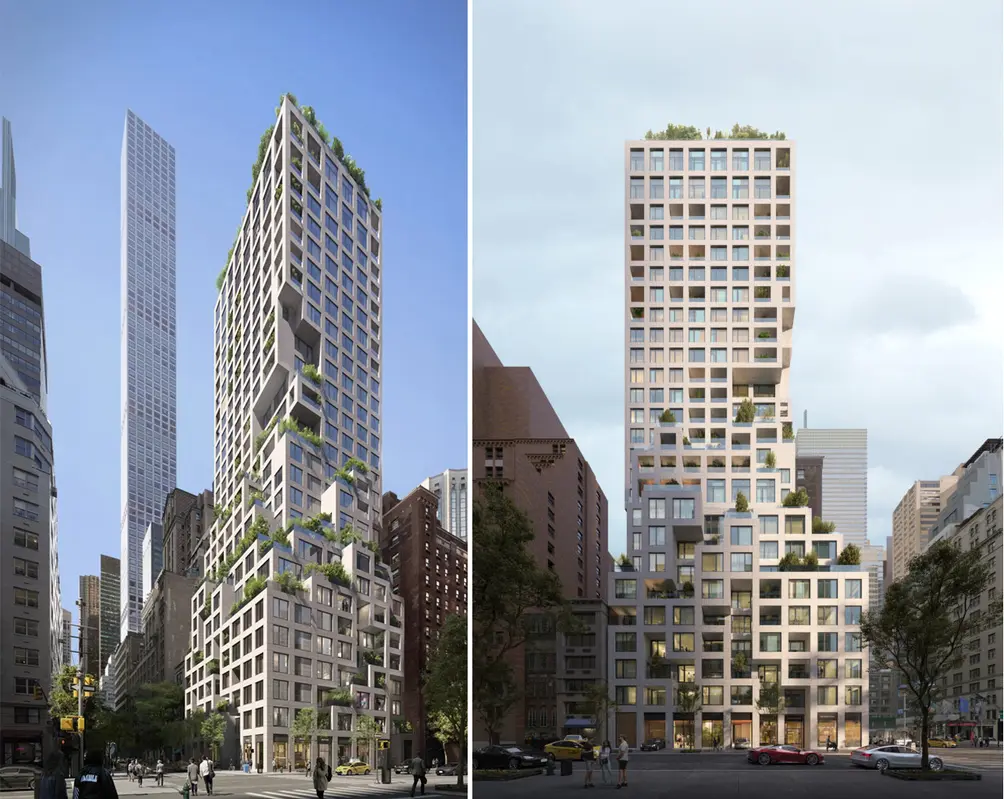 126 East 57th Street (ODA Architecture)
126 East 57th Street (ODA Architecture)
Located on the eastern end of Billionaires' Row, 126 East 57th Street is distinguished by its "cubic" design that allows for a pixelated appearance at street level and unique floor plans inside. Several units will have private outdoor space by virtue of the numerous setbacks, and all residents will have access to amenities like a landscaped courtyard, fitness center, indoor sports court, indoor pool, sauna and steam room, party lounge with prep kitchen, and roof terrace. A sales launch is estimated for later this year.
This project is taking shape on a through-block site on southbound Lexington Avenue and the two-way 57th Street. A decrease in vehicular traffic would significantly affect area congestion, as would be the case with the following completed buildings.
This project is taking shape on a through-block site on southbound Lexington Avenue and the two-way 57th Street. A decrease in vehicular traffic would significantly affect area congestion, as would be the case with the following completed buildings.
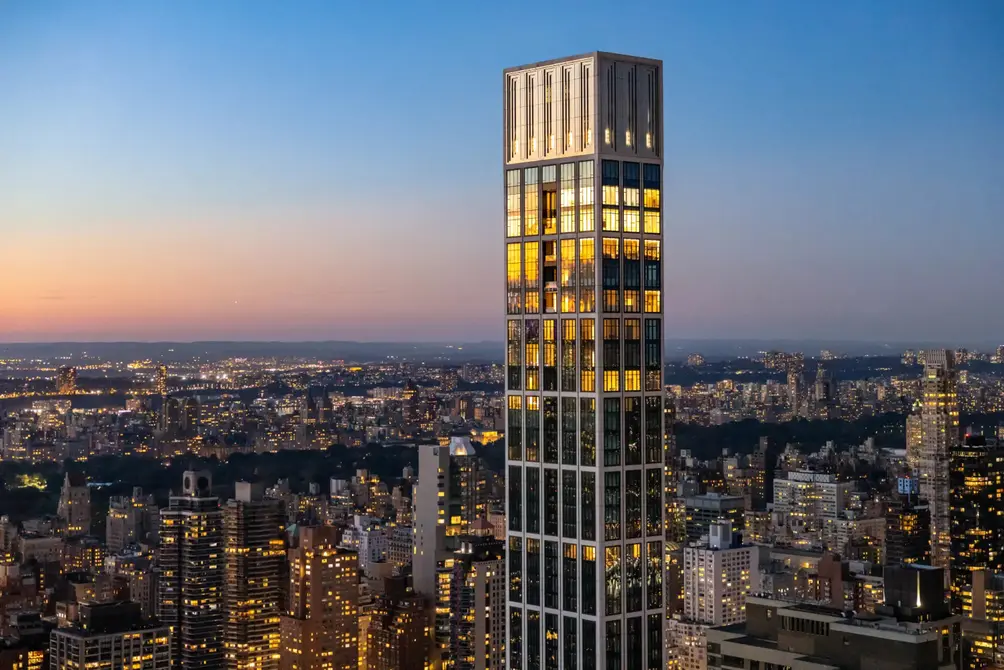 Sutton Tower (Evan Joseph)
Sutton Tower (Evan Joseph)
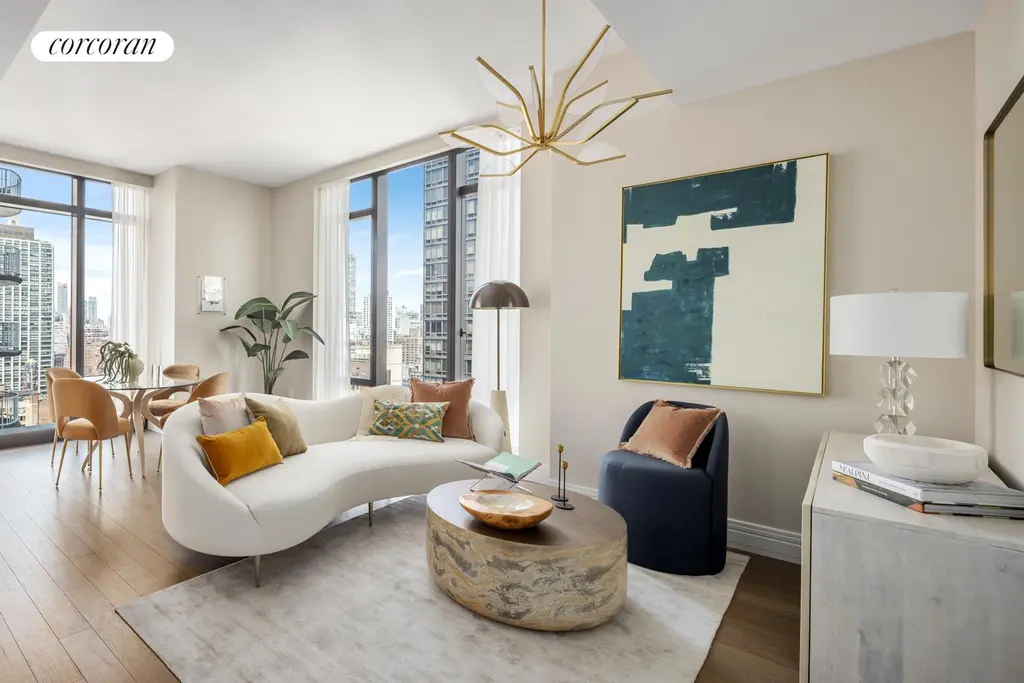
Sutton Tower, #25B (Corcoran Group)
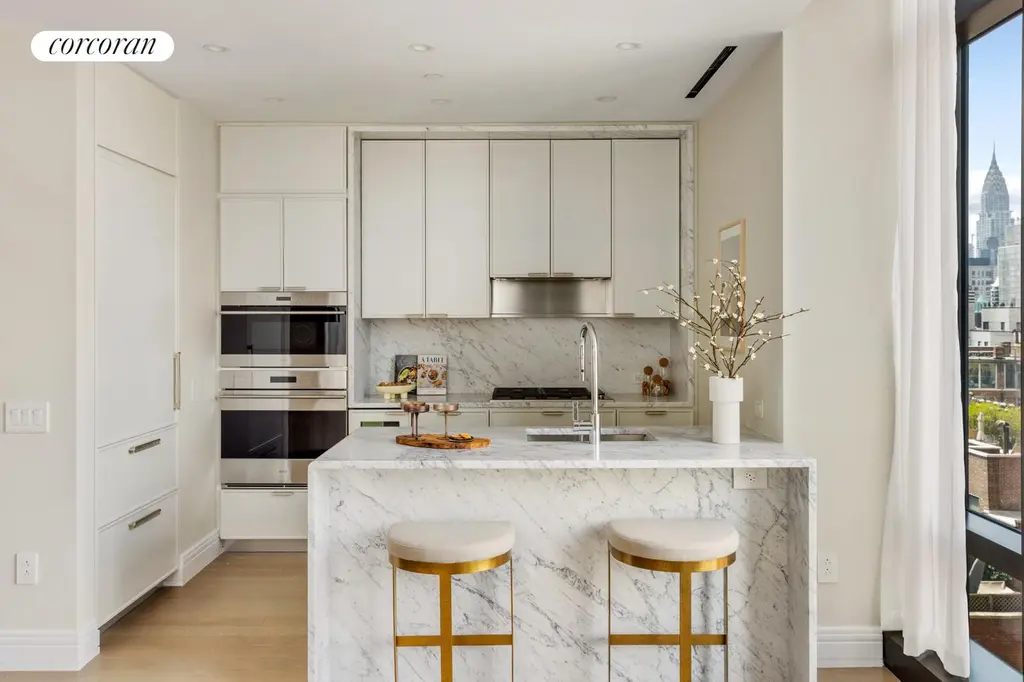
Would you like to tour any of these properties?
Just complete the info below.
Or call us at (212) 755-5544
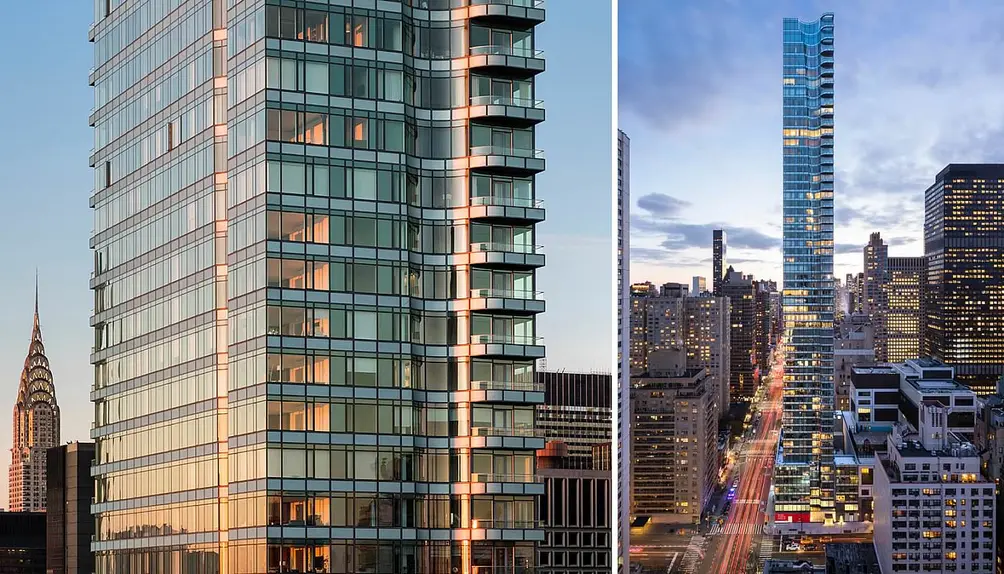 252 East 57th Street (via SOM)
252 East 57th Street (via SOM)
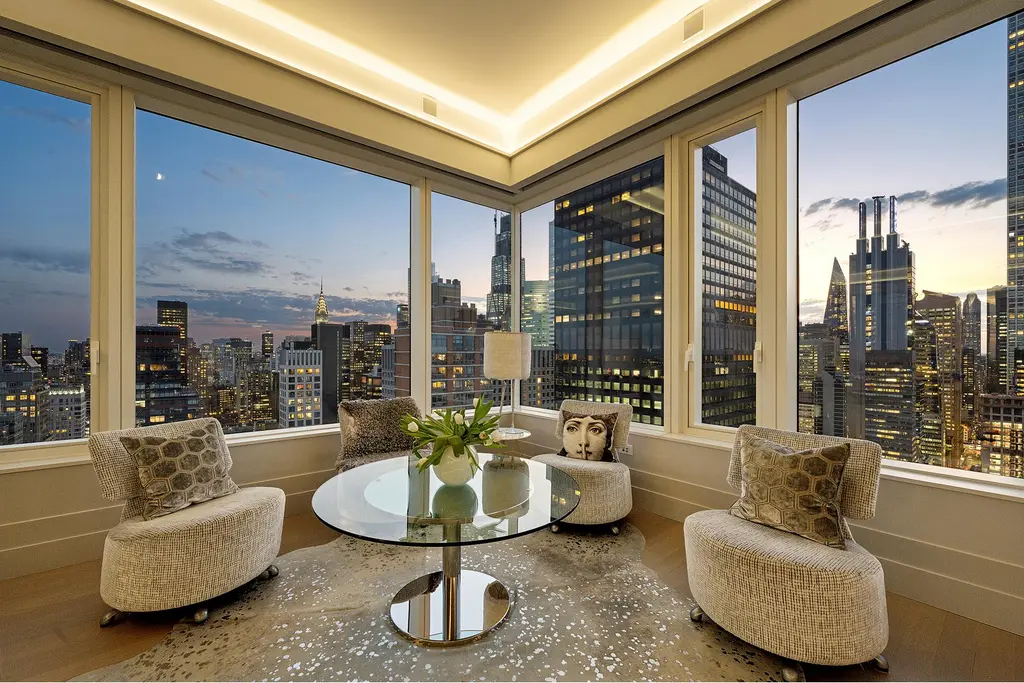
252 East 57th Street, #47D (Douglas Elliman Real Estate)
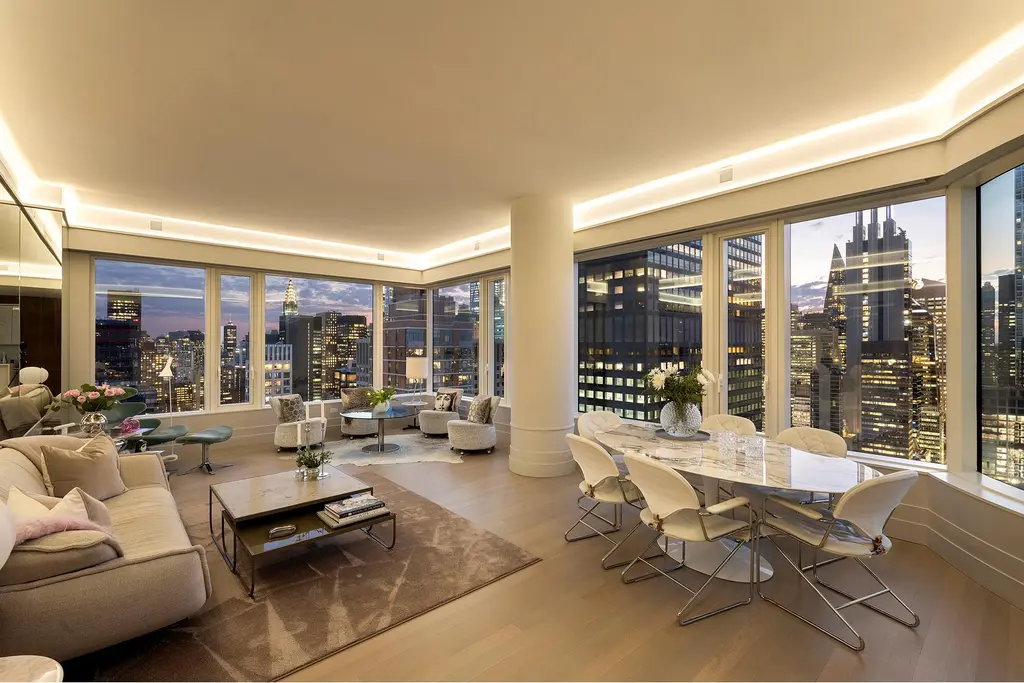
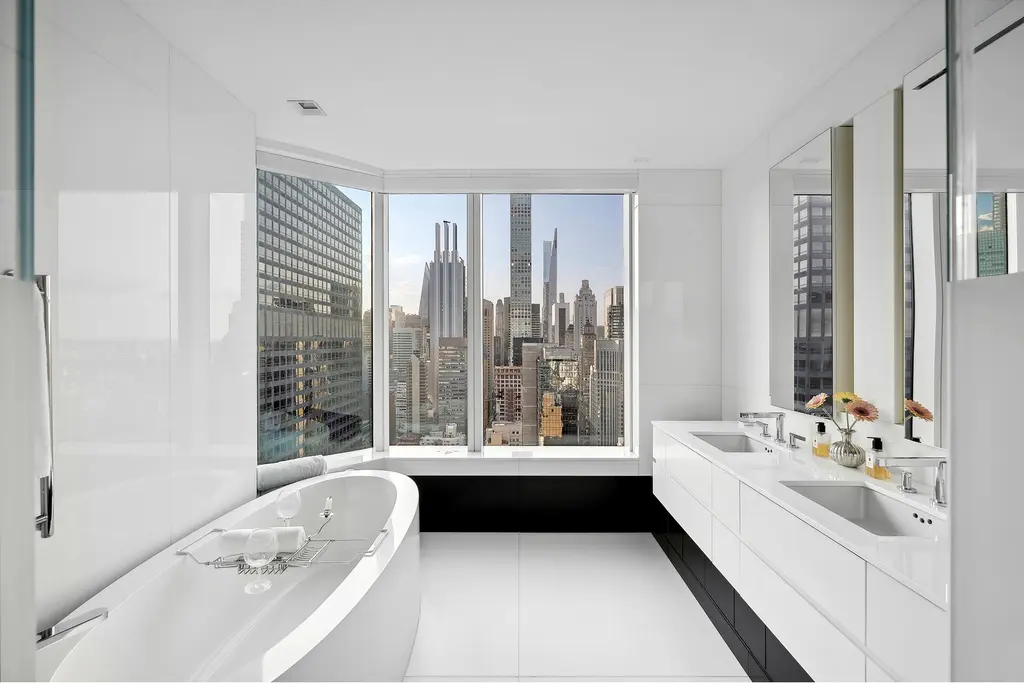

One Beacon Court, #PH54W (Serhant LLC)
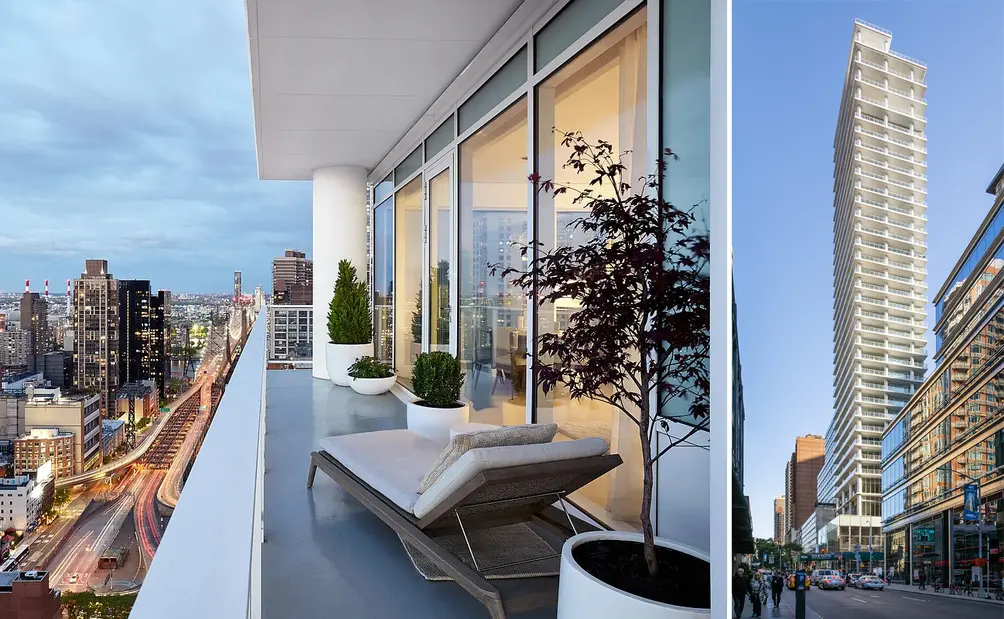 200 East 59th Street (Douglas Elliman)
200 East 59th Street (Douglas Elliman)
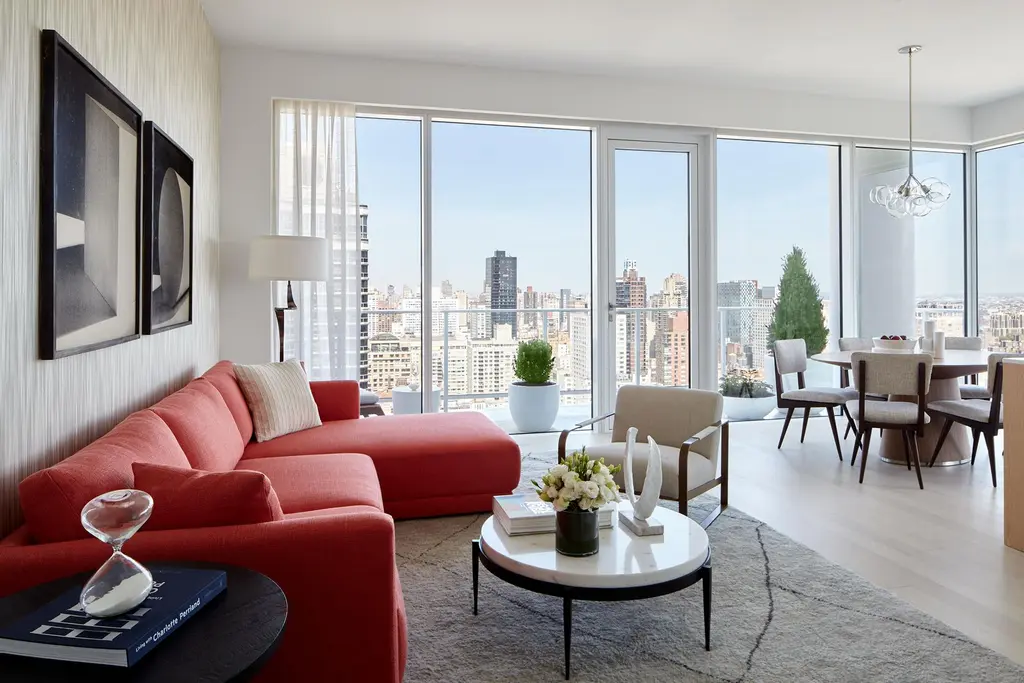
200 East 59th Street, #26D (Douglas Elliman Real Estate)

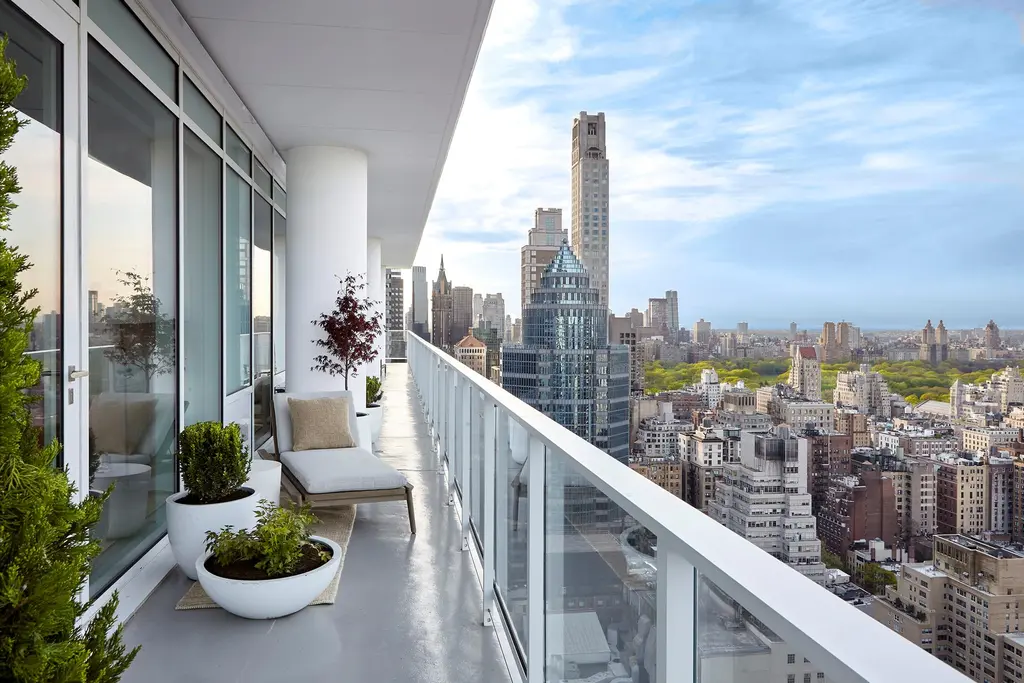
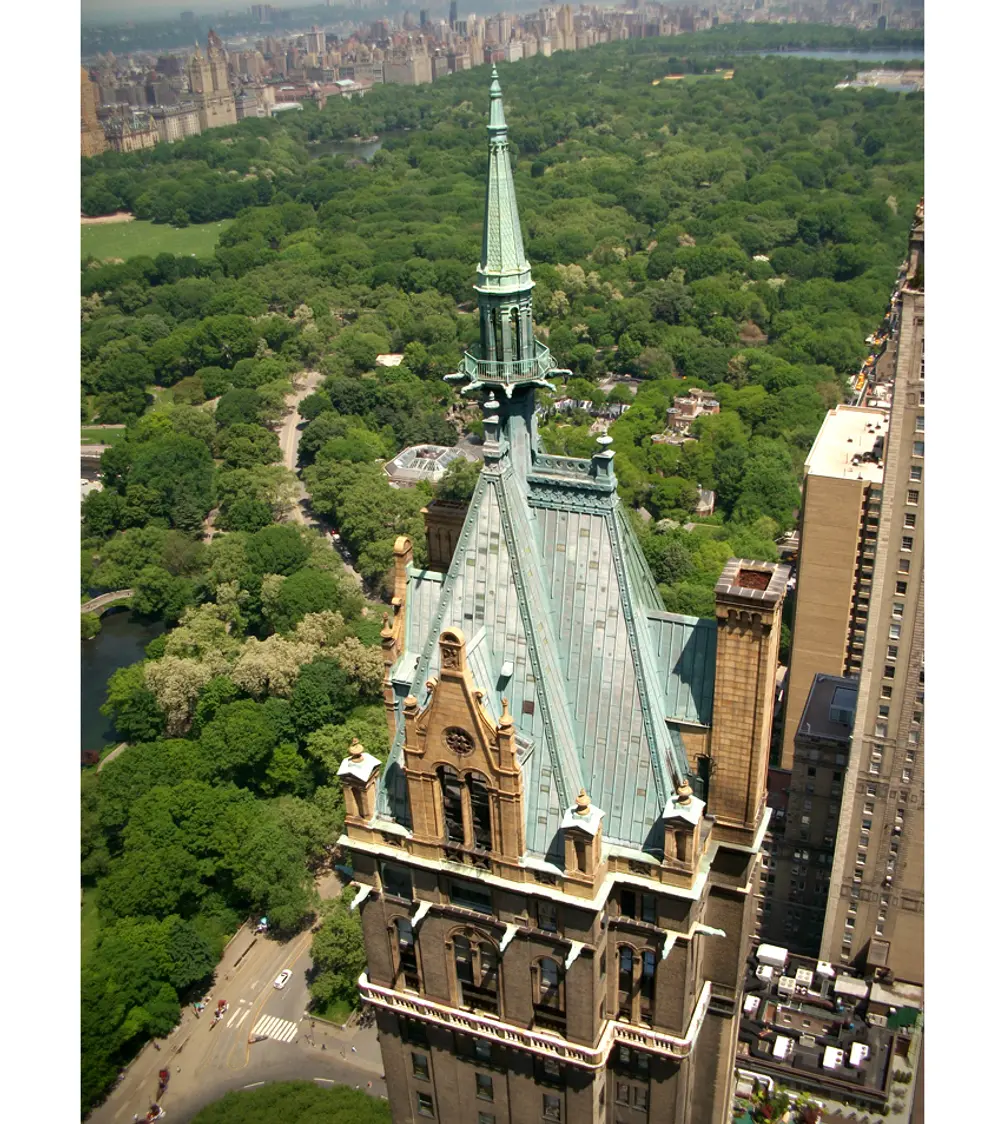 The Sherry Netherland (Sotheby's International Homes)
The Sherry Netherland (Sotheby's International Homes)
The Sherry Netherland, #1101
$4,950,000
Park/Fifth Ave. to 79th St. | Cooperative | 2 Bedrooms, 2 Baths
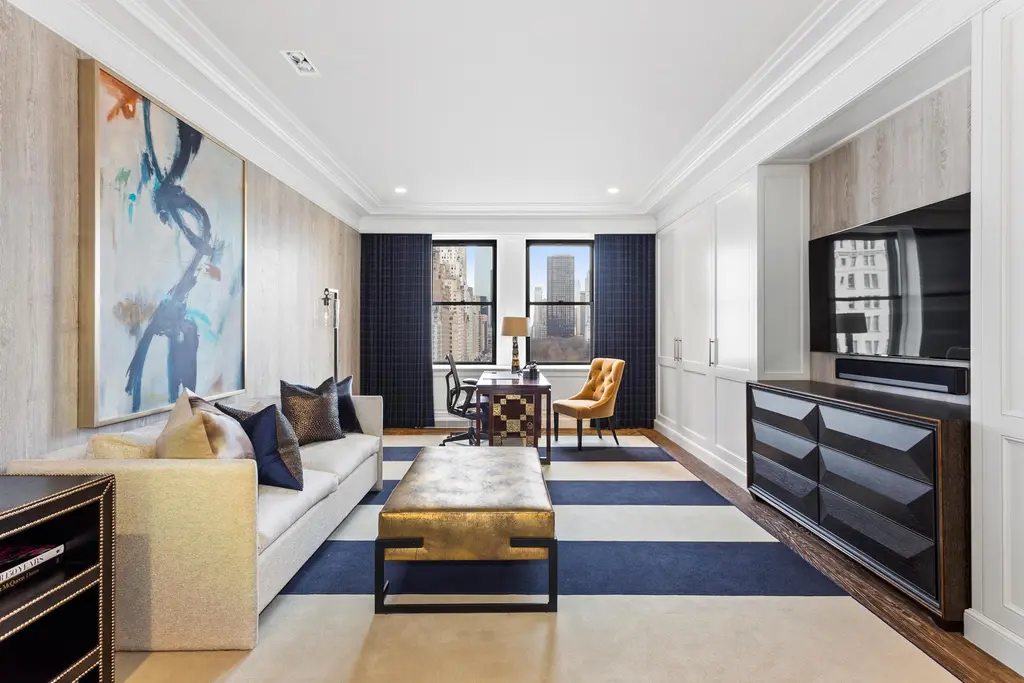
The Sherry Netherland, #1101 (Douglas Elliman Real Estate)
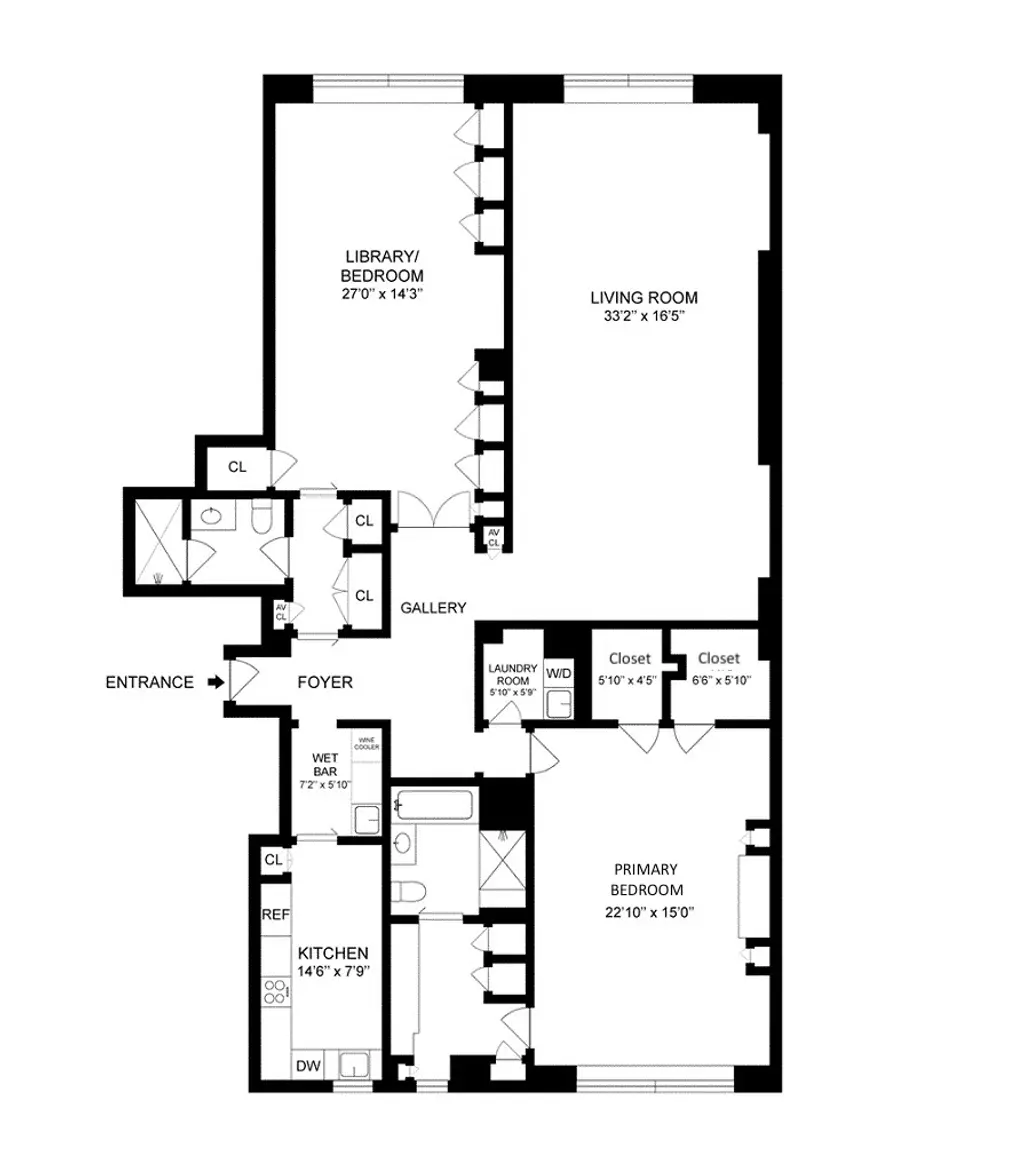
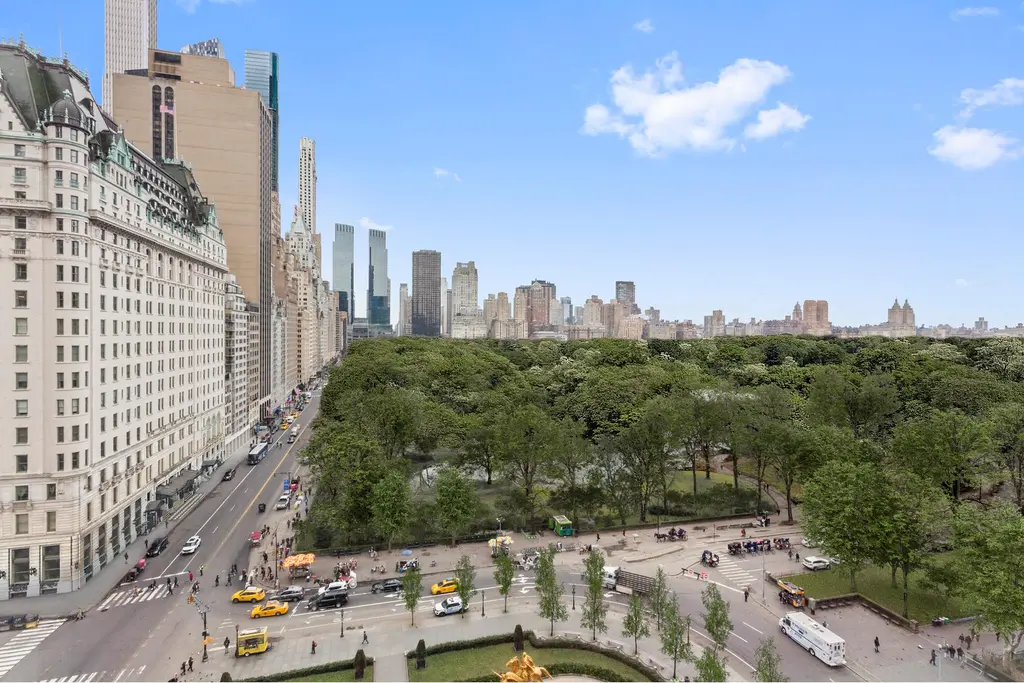
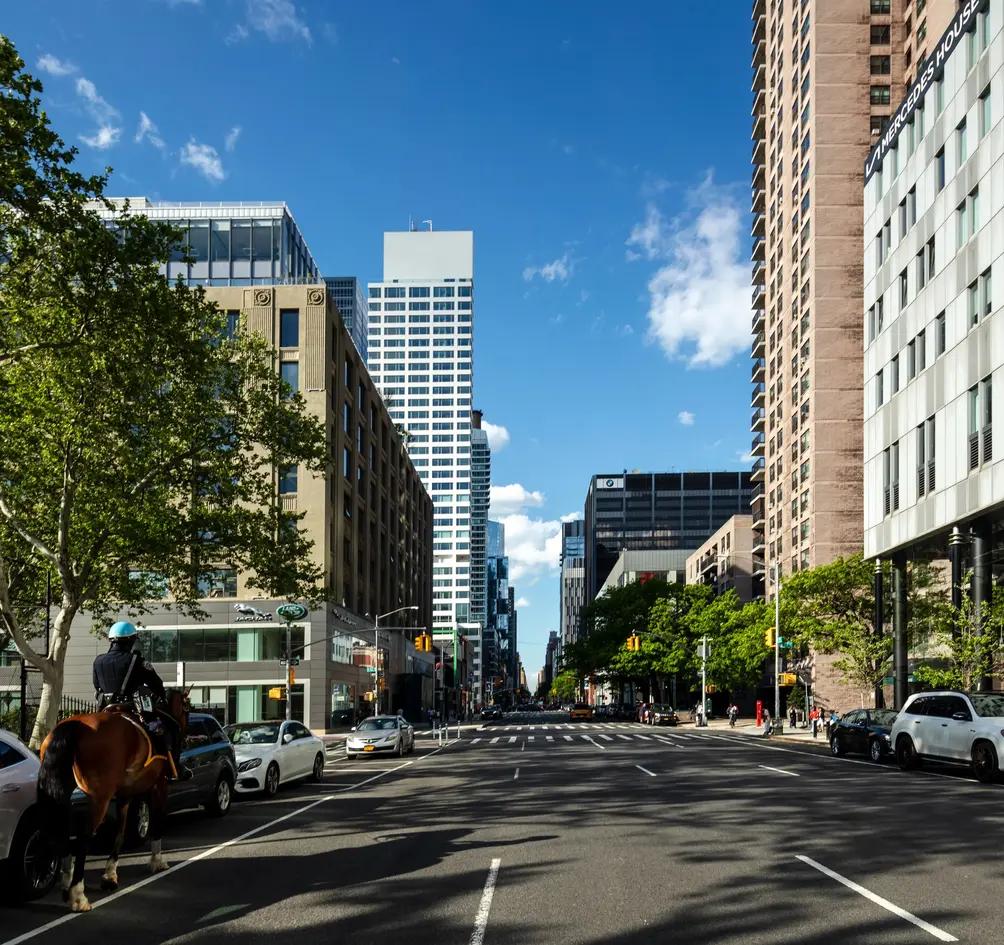 611 West 56th Street (Corcoran Group)
611 West 56th Street (Corcoran Group)
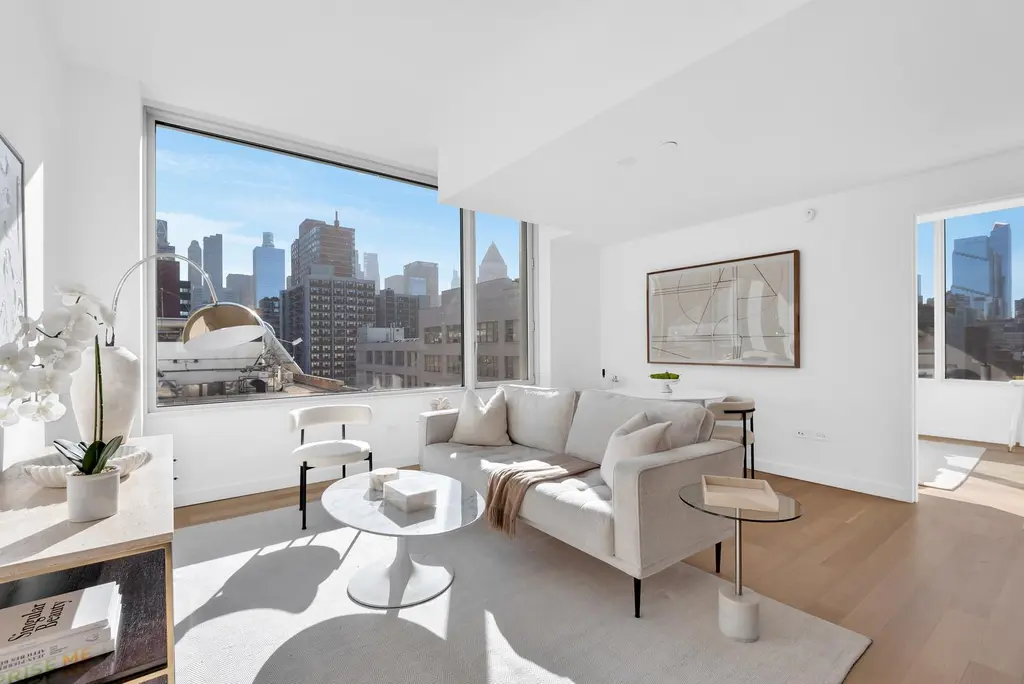
611 West 56th Street, #7A (Douglas Elliman Real Estate)
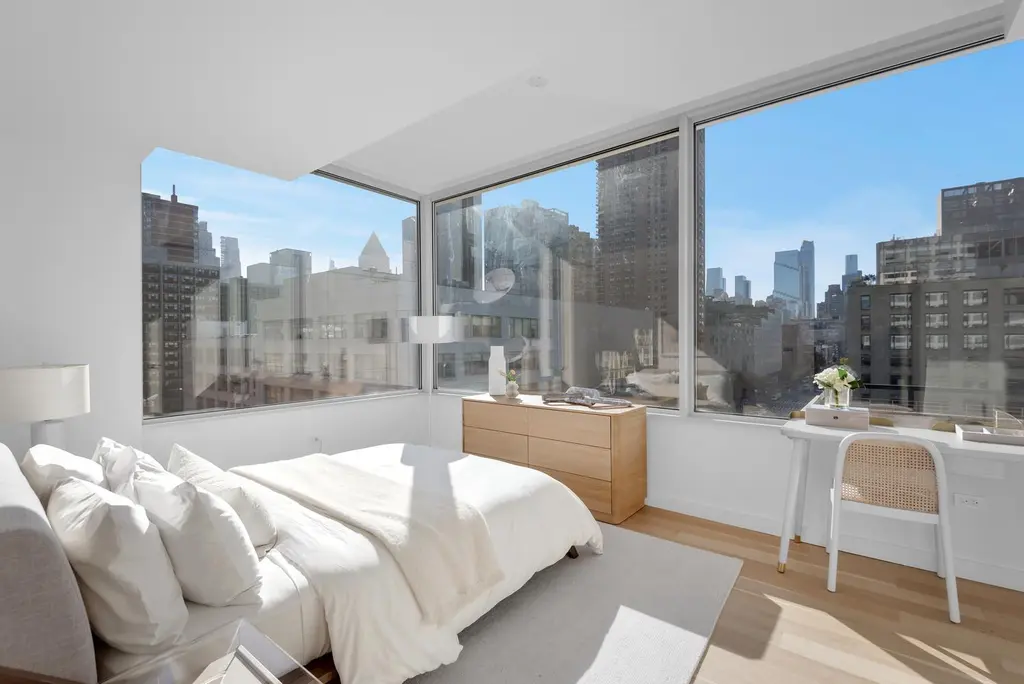
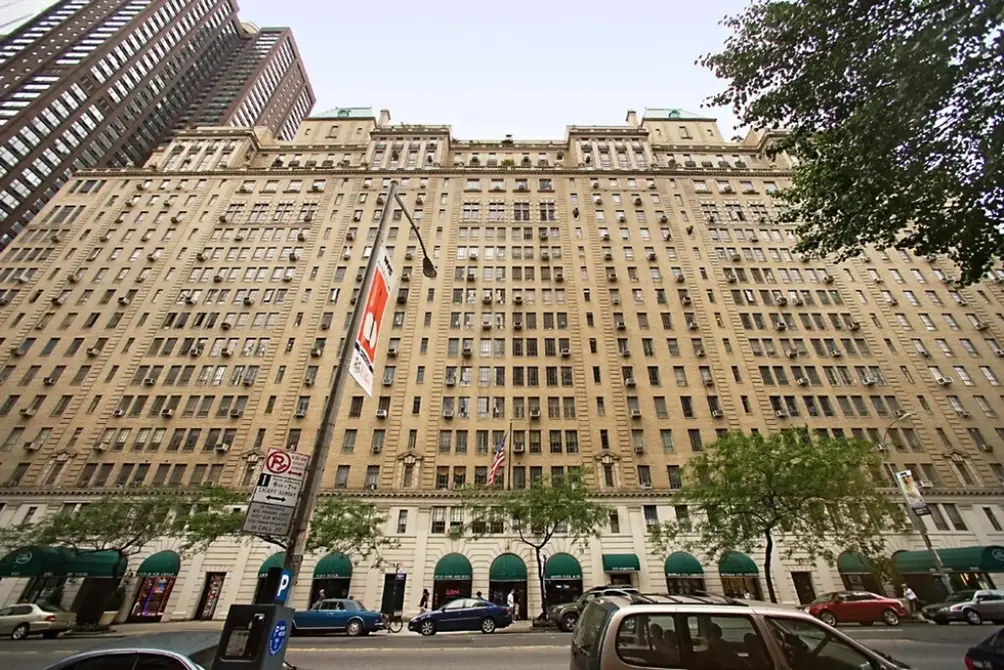 The Parc Vendome (Official)
The Parc Vendome (Official)
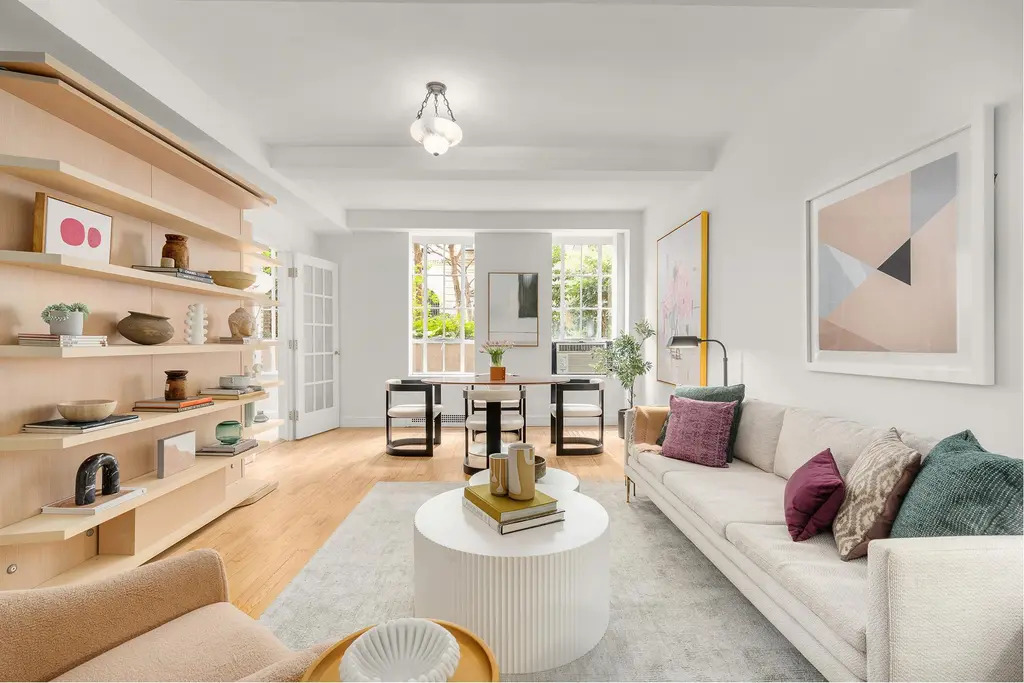
The Parc Vendome, #1C (Douglas Elliman Real Estate)
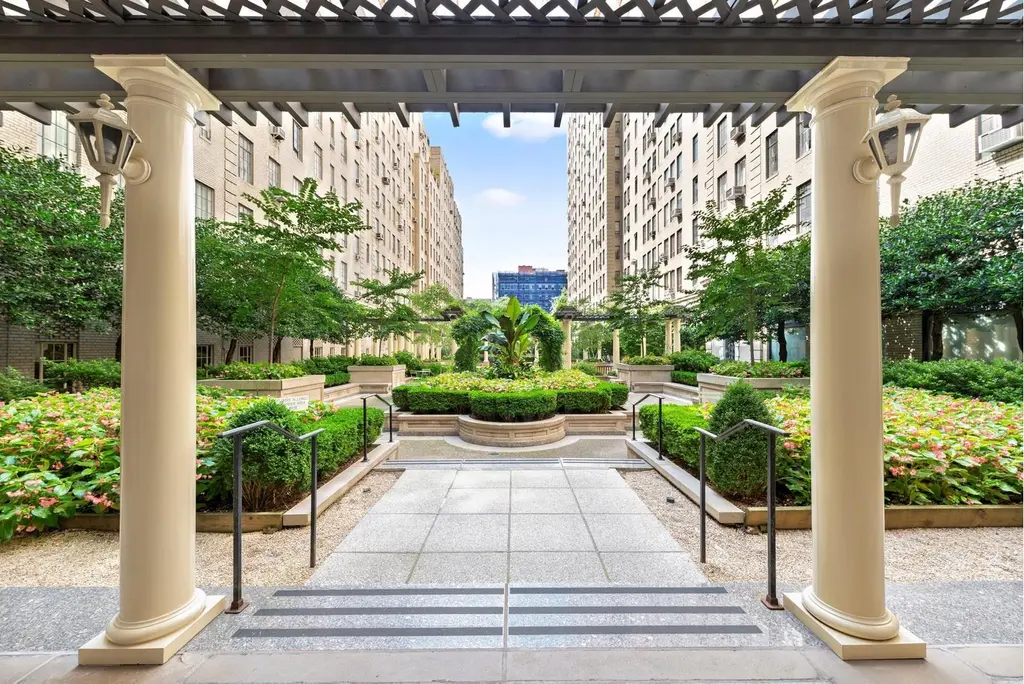
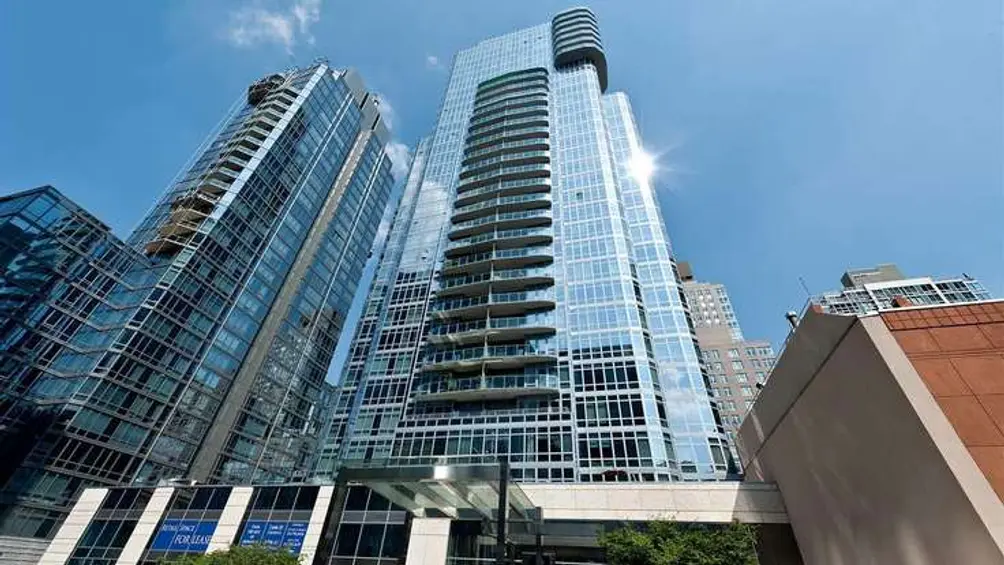 Element (Keller Williams NYC)
Element (Keller Williams NYC)
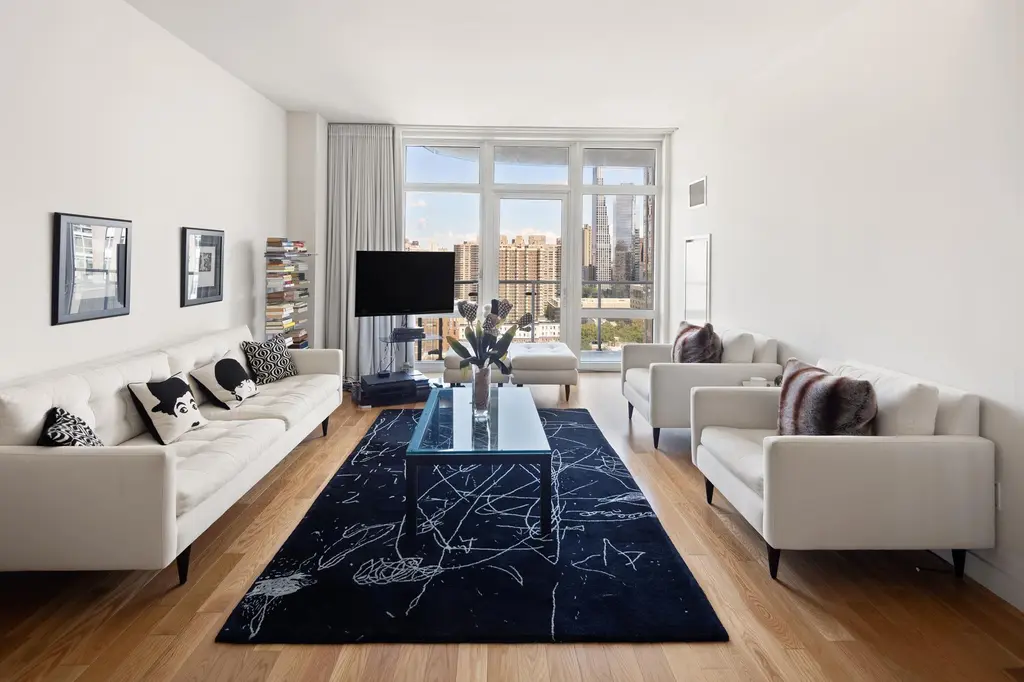
Element, #23A (EXP Realty NYC)
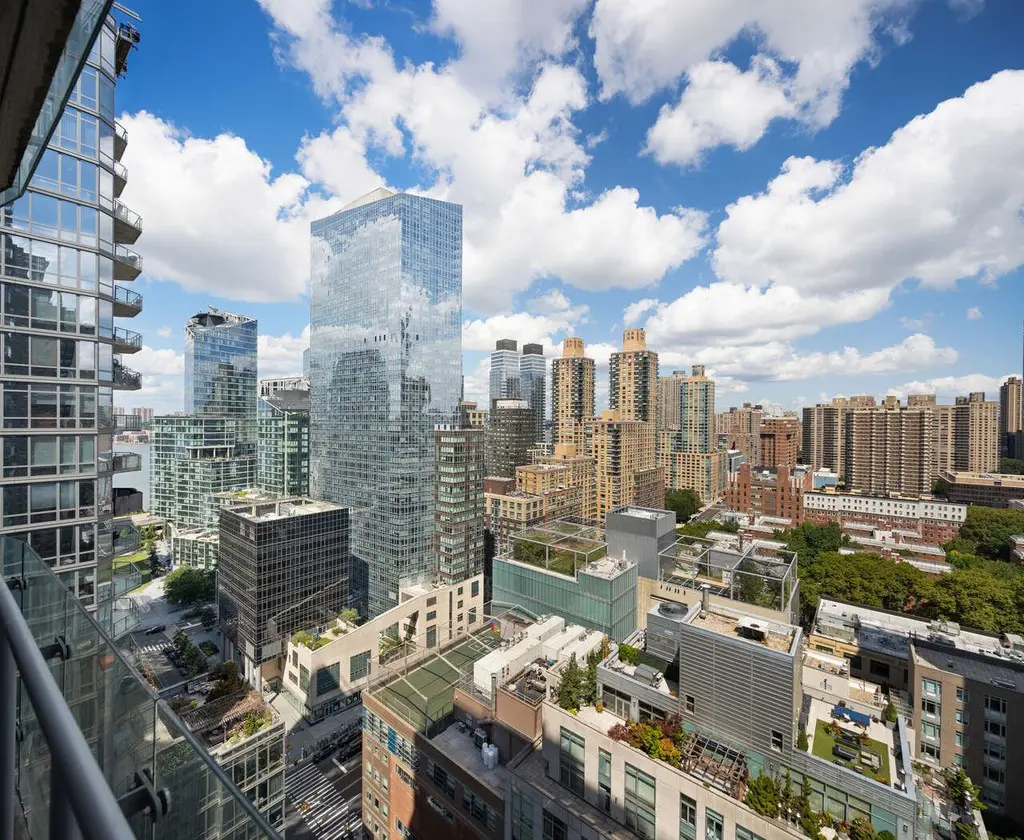
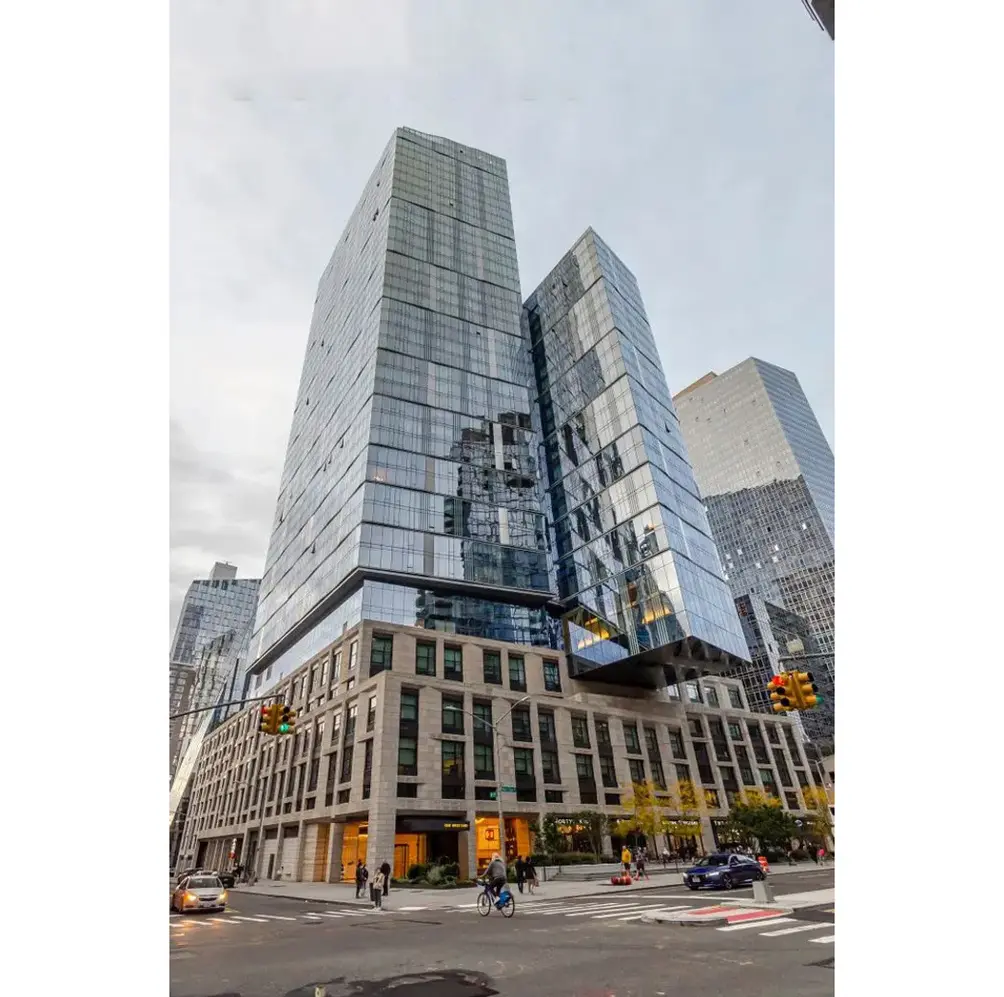 One West End (Compass)
One West End (Compass)
One West End, #10D
$4,750,000
Riverside Dr./West End Ave. | Condominium | 3 Bedrooms, 3.5 Baths | 2,014 ft2
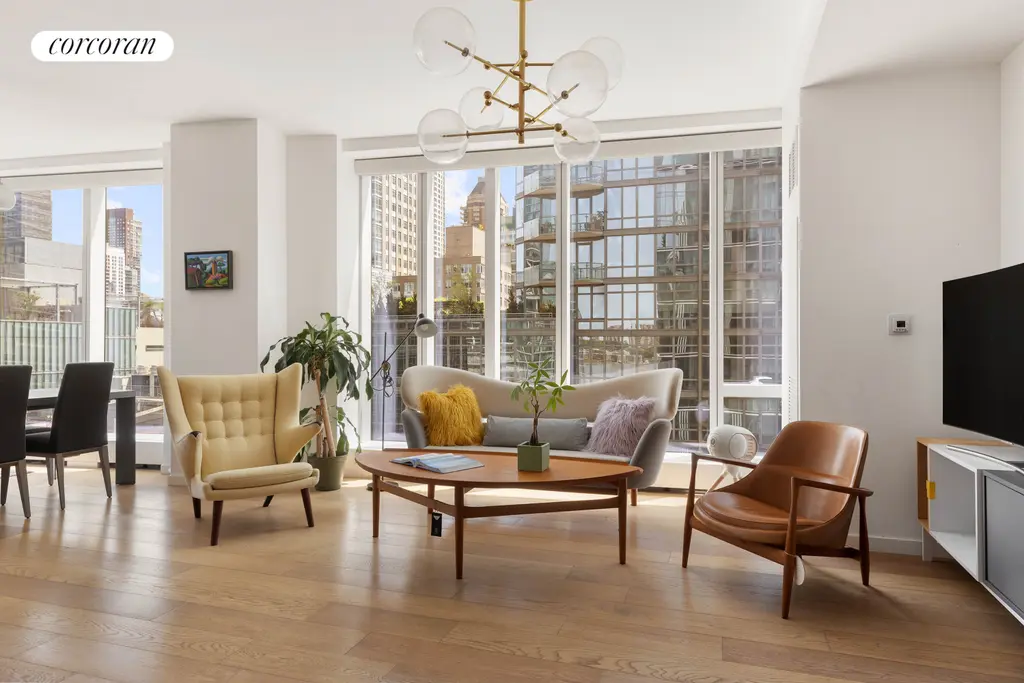
One West End, #10D (Corcoran Group)
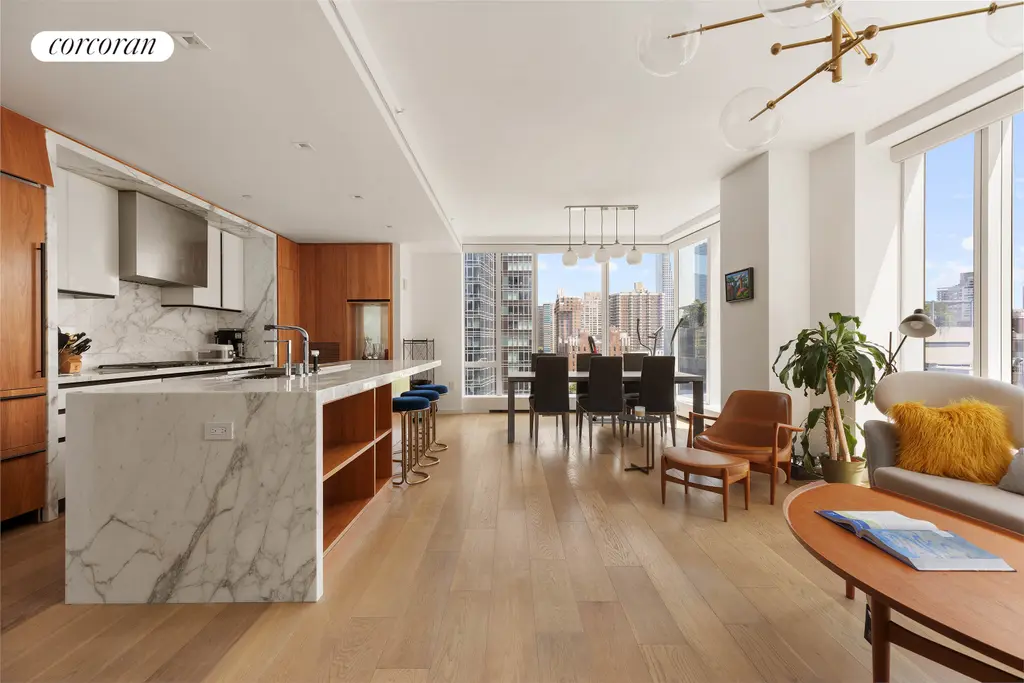
Would you like to tour any of these properties?
Just complete the info below.
Or call us at (212) 755-5544
Would you like to tour any of these properties?

Contributing Writer
Cait Etherington
Cait Etherington has over twenty years of experience working as a journalist and communications consultant. Her articles and reviews have been published in newspapers and magazines across the United States and internationally. An experienced financial writer, Cait is committed to exposing the human side of stories about contemporary business, banking and workplace relations. She also enjoys writing about trends, lifestyles and real estate in New York City where she lives with her family in a cozy apartment on the twentieth floor of a Manhattan high rise.


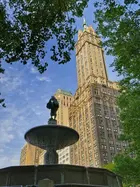
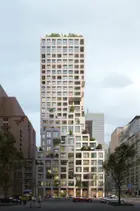
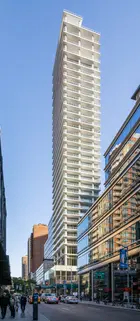

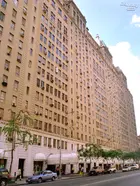

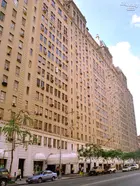
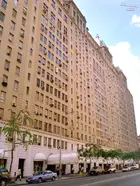
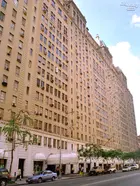
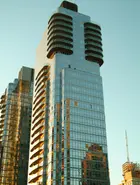
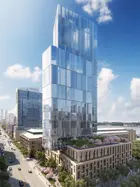
 6sqft delivers the latest on real estate, architecture, and design, straight from New York City.
6sqft delivers the latest on real estate, architecture, and design, straight from New York City.
